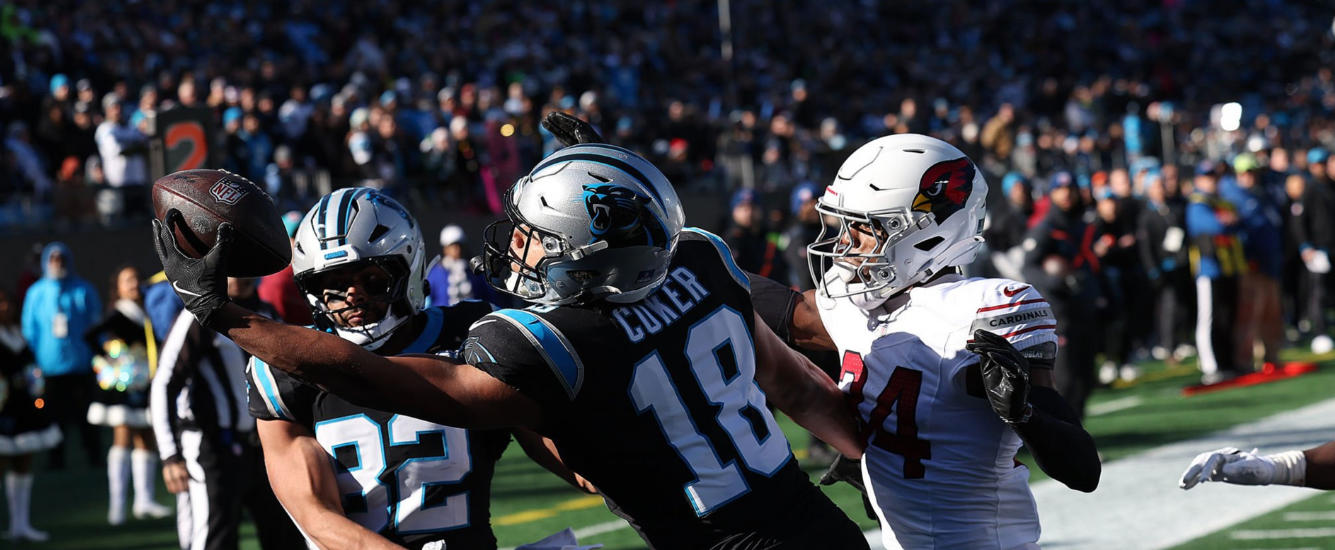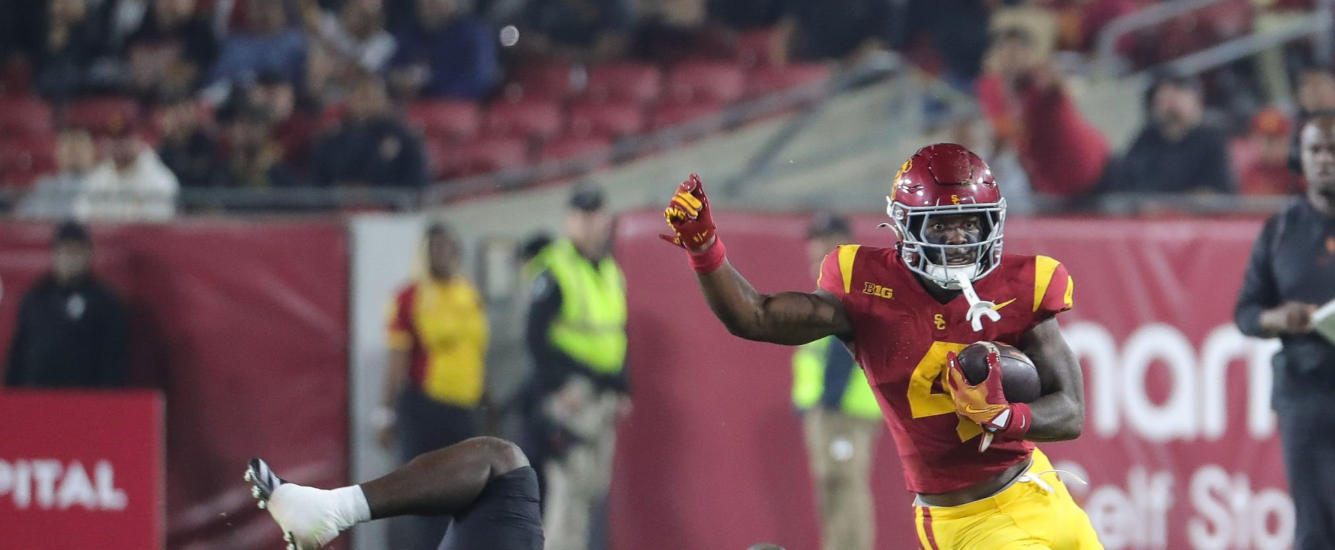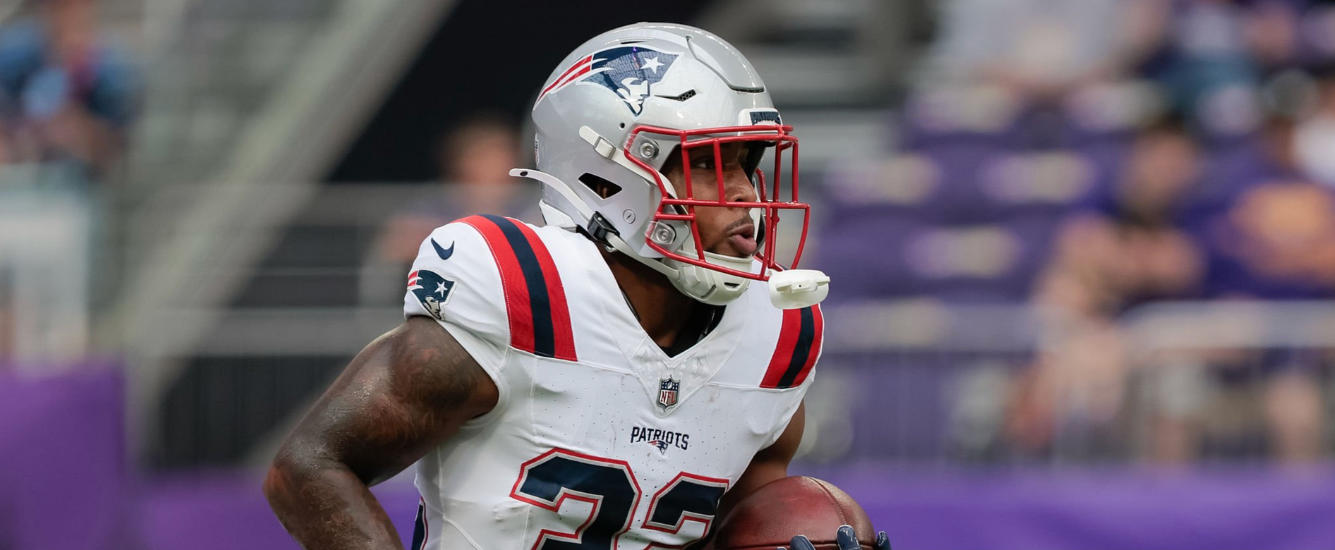Teams that win fantasy championships have one, often multiple, player(s) that significantly outperform ADP. Conservatism rarely pushes teams to the top of their leagues’ standings. In fact, it often works against them, anchoring them to the middle of the pack. This isn’t a new idea and we often talk about upside on the site. Historically, we’ve offered a number of tools that provide snapshots of...
- 2025 Rookie Guide
- Monday Review
- Tools
FANTASY FOOTBALL Tools
In-Season
NOTE: Our tools will be updated each week as soon as data from our stats provider is available. Generally, data from Sunday’s games will be available early Tuesday afternoon. For an immediate look at the games from the previous weekend, please check out our Monday Review tool which includes a collection of preliminary stats.
- All NFL
- Best Ball
- Dynasty
- Weekly GLSP
- Rankings
2020 Historical Distribution Scores: Why Range of Outcome Distributions Matter and You’re Probably Thinking About Upside Incorrectly

Please subscribe For Full Access to all RotoViz content and tools!
What’s included in your subscription??
- Exclusive Access to RotoViz Study Hall
- A treasure trove of our most insightful articles that will teach you the metrics that matter, time-tested winning strategies, the approaches that will give you an edge, and teach you how to be an effective fantasy manager.
- Revolutionary Tools
- Including the NFL Stat Explorer, Weekly GLSP Projections, NCAA Prospect Box Score Scout, Combine Explorer, Range of Outcomes App, DFS Lineup Optimizer, Best Ball Suite,and many, many, more.
- Groundbreaking Articles
- RotoViz is home of the original Zero-RB article and continues to push fantasy gamers forward as the go-to destination for evidence-based analysis and strategic advantages.
- Weekly Projections
- Built using RotoViz’s unique GLSP approach.
- Expert Rankings
- And a whole lot more…
Dave Caban
Senior Fantasy Analyst, app developer, hosts the RotoViz Radio Flagship, auction draft enthusiast.

Going Deep: Week 17 Passing Matchups Preview
Dave Caban
December 23, 2024
Dave Caban uses charting data, advanced metrics, and other RotoViz tools like the Passing Game Matchup Rater to understand the challenges facing wide receivers and tight ends in Week 17.

Going Deep: Week 16 Passing Matchups Preview
Dave Caban
December 20, 2024
Dave Caban uses charting data, advanced metrics, and other RotoViz tools like the Passing Game Matchup Rater to understand the challenges facing wide receivers and tight ends in Week 16.

Going Deep: Week 15 Passing Matchups Preview, Part 2
Dave Caban
December 14, 2024
Dave Caban uses charting data, advanced metrics, and RotoViz tools like the Passing Game Matchup Rater to better understand the challenges facing wide receivers and tight ends in the Week 15.
Going Deep: Week 17 Passing Matchups Preview
Dave Caban
December 23, 2024
Dave Caban uses charting data, advanced metrics, and other RotoViz tools like the Passing Game Matchup Rater to understand the challenges facing wide receivers and tight ends in Week 17.
Going Deep: Week 16 Passing Matchups Preview
Dave Caban
December 20, 2024
Dave Caban uses charting data, advanced metrics, and other RotoViz tools like the Passing Game Matchup Rater to understand the challenges facing wide receivers and tight ends in Week 16.
Going Deep: Week 15 Passing Matchups Preview, Part 2
Dave Caban
December 14, 2024
Dave Caban uses charting data, advanced metrics, and RotoViz tools like the Passing Game Matchup Rater to better understand the challenges facing wide receivers and tight ends in the Week 15.
Analysis

Week 8 Monday Review: Bad Defenses Offer a Glimmer of Hope For Struggling Offenses
Kevin Szafraniec
October 27, 2025

Game-Level Similarity Projections and Weekly Rankings: The Wrong Read, Week 8
Blair Andrews
October 25, 2025

The RotoViz Week in Review: 3 Fantasy Powerhouses Are Starting to Hit Their Stride
Kevin Szafraniec
October 25, 2025

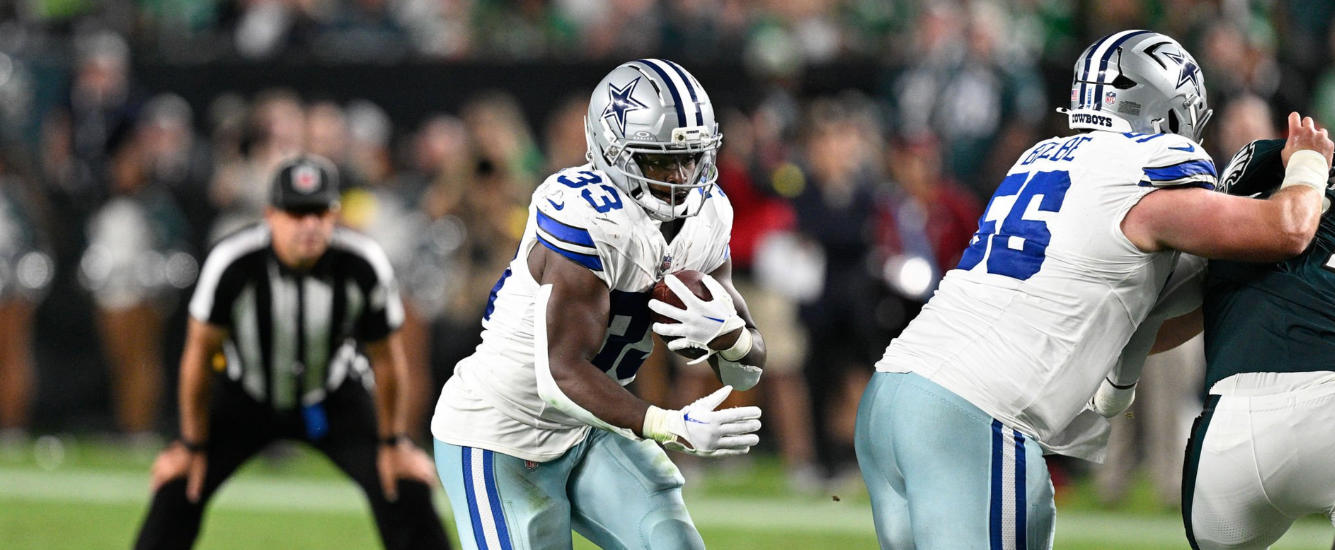
This is Not the Javonte Williams We Were Expecting in 2025, But He May Be the Javonte Williams We Deserve
Kevin Szafraniec
October 25, 2025


Chase or Charlie? The Dynasty Dealbook Recommends Doubling Down on Brown in Week 8
Jesse Cohen
October 24, 2025
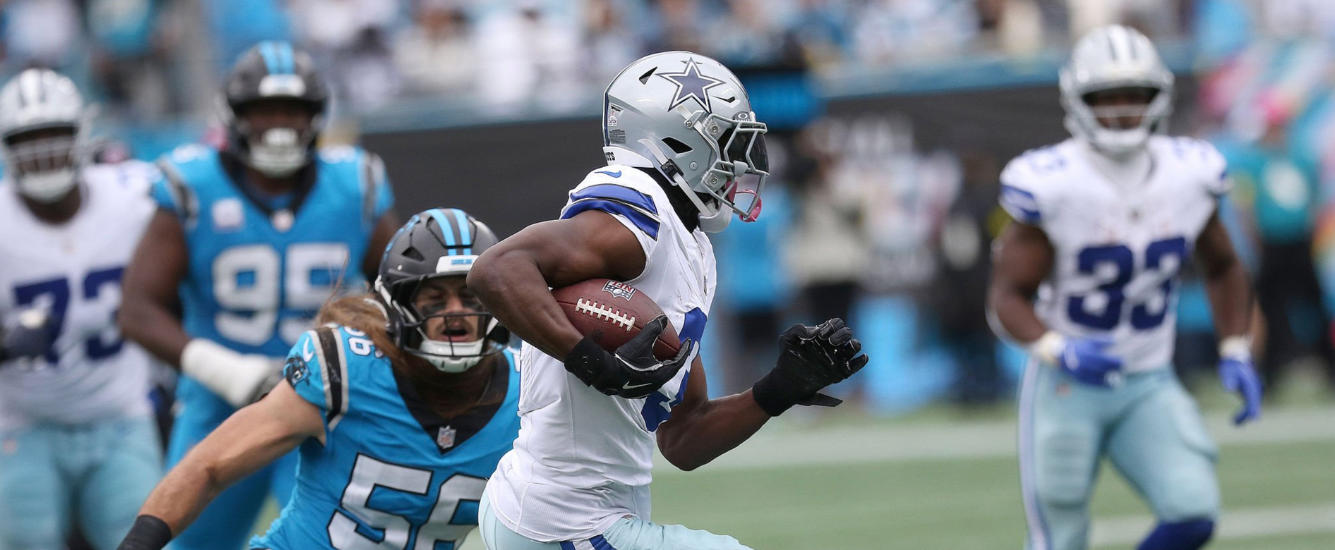
Related Articles
In-Season Articles
In-Season Articles

Week 8 Monday Review: Bad Defenses Offer a Glimmer of Hope For Struggling Offenses
Kevin Szafraniec
October 27, 2025

Game-Level Similarity Projections and Weekly Rankings: The Wrong Read, Week 8
Blair Andrews
October 25, 2025

The RotoViz Week in Review: 3 Fantasy Powerhouses Are Starting to Hit Their Stride
Kevin Szafraniec
October 25, 2025


This is Not the Javonte Williams We Were Expecting in 2025, But He May Be the Javonte Williams We Deserve
Kevin Szafraniec
October 25, 2025


Chase or Charlie? The Dynasty Dealbook Recommends Doubling Down on Brown in Week 8
Jesse Cohen
October 24, 2025

Related Articles

Week 8 Monday Review: Bad Defenses Offer a Glimmer of Hope For Struggling Offenses
Kevin Szafraniec
October 27, 2025

Game-Level Similarity Projections and Weekly Rankings: The Wrong Read, Week 8
Blair Andrews
October 25, 2025

The RotoViz Week in Review: 3 Fantasy Powerhouses Are Starting to Hit Their Stride
Kevin Szafraniec
October 25, 2025


This is Not the Javonte Williams We Were Expecting in 2025, But He May Be the Javonte Williams We Deserve
Kevin Szafraniec
October 25, 2025


Chase or Charlie? The Dynasty Dealbook Recommends Doubling Down on Brown in Week 8
Jesse Cohen
October 24, 2025

The Blitz

About

Sign-up today for our free Premium Email subscription!
Data provided by
© 2021 RotoViz. All rights Reserved.

